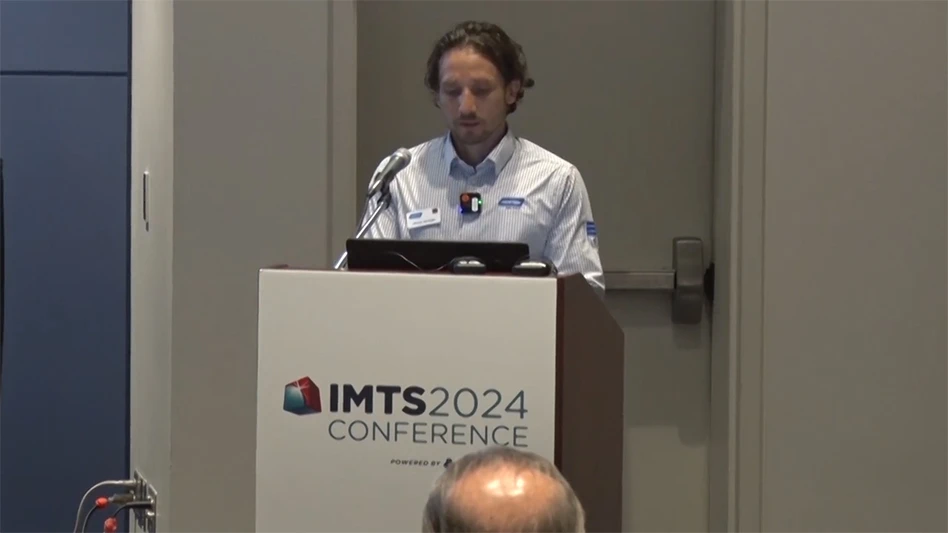
As automakers increase their use of fiber-reinforced composites to lower vehicle weights and improve fuel economy, new joining methods will be required to assemble vehicle bodies. Composite materials are composed of fibers such as carbon, glass, and Kevlar held together using a polymer such as an epoxy. Mahmood Haq and his team at Michigan State University (MSU) Composite Vehicle Research Center are developing new ways to join composites with traditional materials to make cars lighter and stronger.
While manufacturing vehicles completely out of composites remains an expensive alternative, it is possible to replace many existing car parts with parts made of composites. When joining a composite to a metal, Haq said manufacturers want to avoid drilling holes in the composite.
“If you drill a hole with mechanical means, damage is introduced at the edges of the hole, and the layers that make up the composite separate,” says Haq, assistant professor of civil and environmental engineering at MSU. “You lose up to 60% of the capacity of the composite to carry load.”
Adhesive bonding can join parts effectively, but the technology has limitations.
“That, unfortunately, is a one-time cure. Once the adhesive cures, the joint can’t easily be undone,” Haq says.
So Haq and his team are working on advanced adhesives with special properties that allow them to be taken apart, repaired, or healed. These special properties are obtained by adding electrically conductive nanoparticles to the adhesives.

“Millions of these nanoparticles are embedded in the adhesive,” Haq says. “By using what we call targeted heating we can bond them and reverse the bond and take them apart.”
When activated with the right kind of electromagnetic radiation, the nanoparticles begin to vibrate and heat the adhesive.
“Just the adhesive heats up, without having to heat up the entire structure,” Haq explains.
A key to making this joining technique practical is to be sure it can be integrated into today’s auto assembly line practices.
“We want joints that are easily and quickly produced,” he says. “We don’t want to have to totally re-tool the assembly lines. We don’t want to have to invent a new technology which disrupts current manufacturing practices.”

Much of the funding for Haq’s work is provided by the U.S. Department of Energy (DOE) and the American Chemistry Council.
MSU is a national leader in composite-material research and directs the light- and heavy-duty vehicle technology component of the Institute for Advanced Composites Manufacturing Innovation (IACMI), a 122-member consortium funded by a more than $70 million commitment throughout five years from the DOE.
Michigan State University Composite Vehicle Research Center
Latest from EV Design & Manufacturing
- ArcelorMittal announces plans for electrical steel manufacturing facility in Alabama
- APEX web tool helps users to optimize machine performance
- Partnership to develop dry battery electrode coating expands
- GROB Systems to demonstrate power skiving technology at PMTS 2025
- Startup develops sustainable, nontoxic alternatives to battery manufacturing chemicals
- Learn what you need to comply with CMMC requirements
- Envisioning electric vehicle charging in motion
- There’s still time to register for this week’s manufacturing industry webinar!





